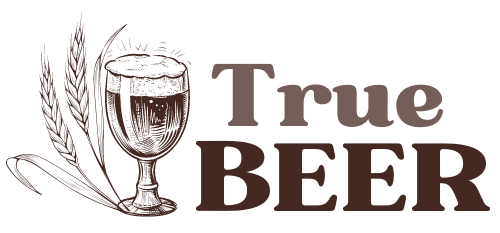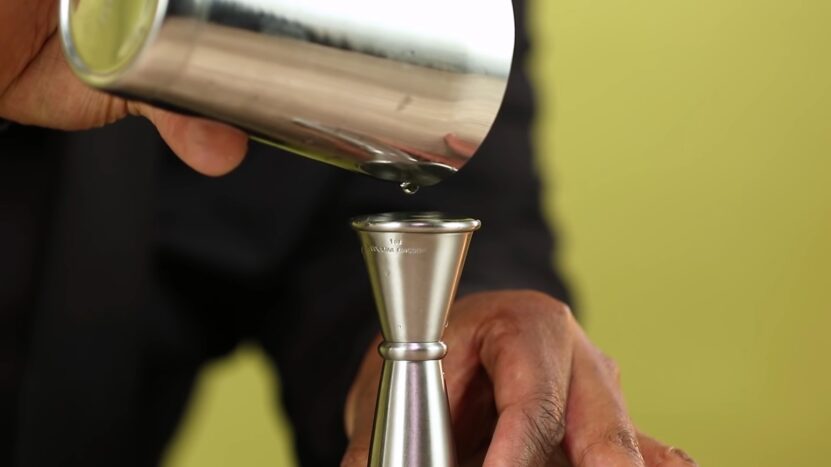You’ve heard the debate, maybe you’ve even been a part of it. The buzz around “How many shots are in a pint?” seems like the mystery that everyone wants to solve but somehow remains elusive. No worries, friends! We’re about to dig into this drink dilemma from multiple angles—be it the bartender’s perspective, the mathematically inclined, or the culture-curious. Buckle up, and let’s pour over this topic, one shot at a time.
The World of Measurements
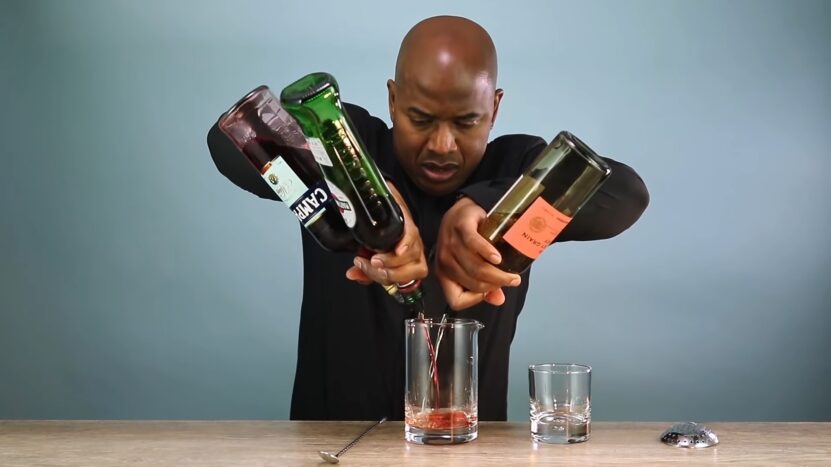
Measurements are more than just numbers; they are the universal language that lets us quantify our world. But when it comes to the casual environment of a bar, who really knows or remembers how many shots make a pint? Well, you’re about to.
Liquid Metrics
Measurements are the essence of culinary arts, chemistry, and, yes, mixology. Knowing your way around ounces, milliliters, and pints can elevate your cocktail game or make you a better-informed customer. Understanding the basics such as:
- 1 ounce (oz) = 29.5735 milliliters (ml)
- 1 pint (U.S.) = 16 ounces = 473.176 ml
It can empower you to experiment with recipes and be more cognizant of what you’re consuming.
Bar Lingo
In a bar setting, a “shot” usually refers to a small amount of liquor served in a shot glass. A “pint,” meanwhile, often signifies a larger glass, generally used for beer. However, these terms can be subjective based on the bartender’s discretion or cultural norms. Understanding the nuances in bar lingo can help you navigate this social labyrinth with ease.
International Variations
And let’s not even start on how different countries have their versions of a “pint” or a “shot.” From the U.S. to the UK to Australia—each country has its own system, muddying the waters even further. But don’t fret; we will cover all of this and more.
The American Way: Ounces and Fluidity
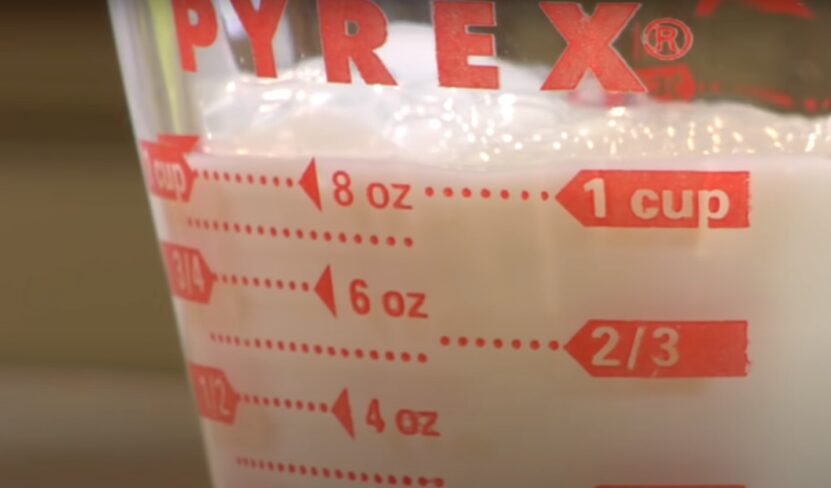
The land of the free and the home of variable shot sizes? You bet! If you’re in the United States, you’re navigating a specific measurement system. Let’s break it down.
U.S. Pint Vs. U.S. Shot
In America, a pint usually equates to 16 fluid ounces, typically when you’re talking about beer. A shot, on the other hand, can vary but usually sits at 1.5 fluid ounces. Doing the math:
- 1 Pint (U.S.) = 16 fluid ounces
- 1 Shot (U.S.) = 1.5 fluid ounces
You’ll find that approximately 10.67 shots make up a U.S. pint.
Conversion Calculations
To convert this into milliliters, we’d get:
- 1 U.S. pint = 473.176 ml
- 1 U.S. shot = 44.360 ml
So, in milliliters, you’d need about 10.67 shots of 44.360 ml each to fill a 473.176 ml pint.
Real-life Scenarios
But hold on, life isn’t a perfectly measured cocktail, is it? In some bars, you might get a generous 2-ounce pour, while some establishments may use a “short shot” of only 1 ounce. Such variations can dramatically alter the “shots per pint” ratio.
- Generous Pour: 16 oz pint / 2 oz shot = 8 shots
- Short Pour: 16 oz pint / 1 oz shot = 16 shots
The reality? Your mileage may vary!
Exploring British Measures
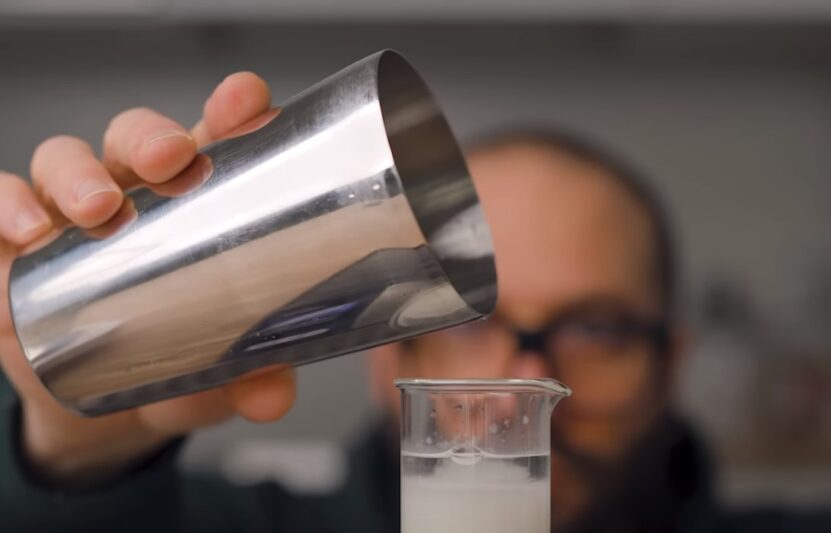
If you’ve ever been to a British pub, you’ll notice that their pints and shots don’t match up to their American counterparts. Let’s delve into the “Imperial” pint and see how many British shots make a British pint.
UK Pint Vs. UK Shot
In the UK, a pint holds 20 Imperial fluid ounces, and a standard shot is about 25 milliliters. The Imperial fluid ounce is approximately 28.4 ml. So, converting a pint into milliliters:
- 1 UK pint = 20 Imperial fluid ounces = 568.26 ml
- 1 UK shot = 25 ml
With this, we find that around 22.73 shots constitute a UK pint.
Imperial Versus Metric
While the U.S. is stuck in its ways with its unique measuring system, the UK uses both Imperial and Metric systems interchangeably. However, in a bar setting, the Imperial system usually prevails.
Pub Culture
In the UK, the pub culture is strong and has its own unspoken rules. For instance, ordering a “shot” of beer would certainly raise eyebrows, but asking for a “half-pint” would be more appropriate for smaller quantities.
Around the Globe: Other Countries, Other Measures
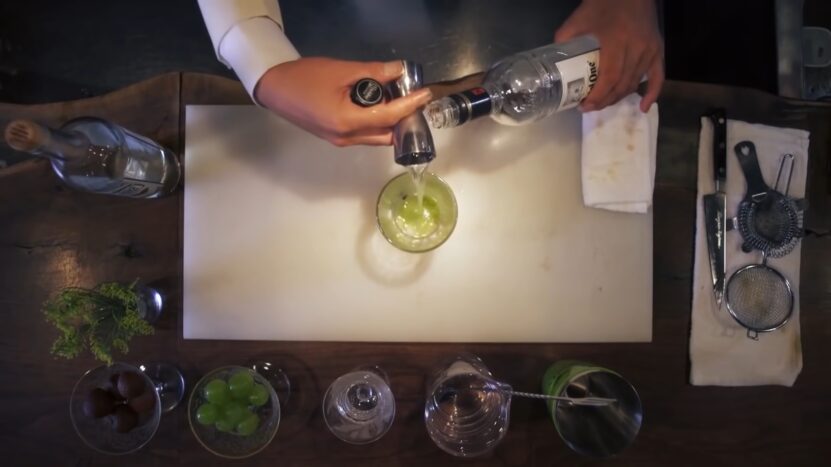
The phrase “When in Rome, do as the Romans do” takes on new meaning when discussing pints and shots. Each nation has its idiosyncrasies, and it’s fascinating to see how this plays out in liquid measurements.
The Australian Model
In Australia, a pint is generally about 570 ml, and a shot can be 30 ml. This implies that roughly 19 shots make an Australian pint.
Continental Europe
European countries like Germany, France, and Italy use the metric system. A shot is usually 20 or 40 ml, depending on the country and the type of alcohol. A pint in these countries can vary widely, but for comparison, a half-liter (500 ml) is often used.
Japanese Precision
Japan has precise standards for both beer and spirits. A shot here typically ranges from 30 to 60 ml, and beer servings often align with the half-liter model similar to Continental Europe.
Myths
Have you ever heard that all liquids measure the same or that a shot of whiskey is less alcoholic than a pint of beer? Let’s debunk some myths and answer frequent questions.
Is it the Same for All Liquids?
In terms of volume, yes, but not in alcohol content. A shot of hard liquor will contain more alcohol by volume (ABV) than most beers. So, while the volume measurement might be consistent, the effects will differ.
What about Beer and Wine?
Beer is typically measured in pints, and wine is often served in 5-ounce glasses. Both contain less ABV than hard liquor.
- 1 pint of beer: 5-7% ABV
- 1 glass of wine: 12-15% ABV
- 1 shot of hard liquor: 40-50% ABV
Cultural Differences
In some cultures, taking a shot means consuming the entire glass quickly, while in others, it might be sipped slowly. Such cultural nuances can influence the perception of what a “shot” means in different parts of the world.
Pro Tips for Bartenders and Enthusiasts
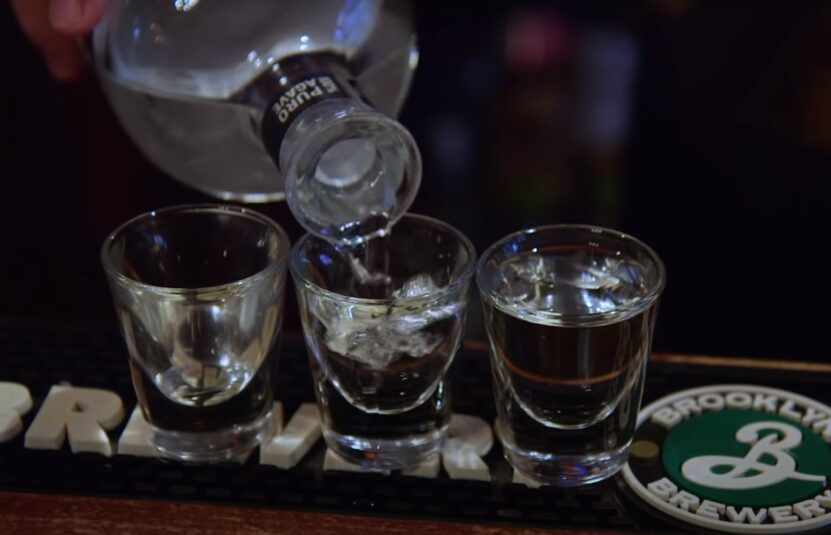
Whether you’re a bartender looking to master your craft or a casual drinker eager to impress your friends, understanding the nuances of measurements can be a game-changer. Here are some pro tips that can elevate your experience.
Navigating a New Bar
When you enter a new bar, it’s helpful to know their pouring standards. You can always ask the bartender, “How many ounces is your shot?” This question not only clarifies what you’ll get but also shows the bartender that you know your stuff.
Tools of the Trade
For budding mixologists or anyone interested in concocting their own cocktails, investing in a good jigger can make all the difference. These measuring tools often have dual sides to measure different quantities, allowing for more accurate pours and, consequently, better drinks.
Mastering the Cocktail Formula
Most classic cocktails have a basic formula, often comprising three main components: the base spirit, the sour, and the sweet. Knowing the measurement ratios can help you create balanced and delicious drinks.
- Base Spirit: Usually 1.5 to 2 oz
- Sour: Typically 3/4 oz
- Sweet: Generally 3/4 oz
This is a fundamental formula that you can tweak according to your taste and creativity.
Fun Facts and Trivia

Ever wondered where the word ‘shot’ came from or why some pint glasses have a bulge? Impress your friends or win your next pub quiz with these intriguing tidbits.
The Origin of ‘Shot’
The term ‘shot’ is believed to have several origins. One popular theory is that it comes from the Old West, where a bullet (a “shot”) was exchanged for a small glass of whiskey. Another theory suggests that it refers to the small ‘shot’ of alcohol used to flavor a larger drink.
The Pint Bulge
In the UK, you’ll often see pint glasses with a slight bulge near the top. This design is intentional and serves a functional purpose. The bulge provides extra strength to the glass, making it more resistant to breakage during the traditional British pub toast—cheers!
Metric Vs. Imperial System
The ongoing battle between the Metric and Imperial systems isn’t limited to just science and engineering. It spills over into our food and drinks, influencing how we measure everything from a pint of beer to a shot of espresso.
Takeaways: Measure, Pour, Enjoy
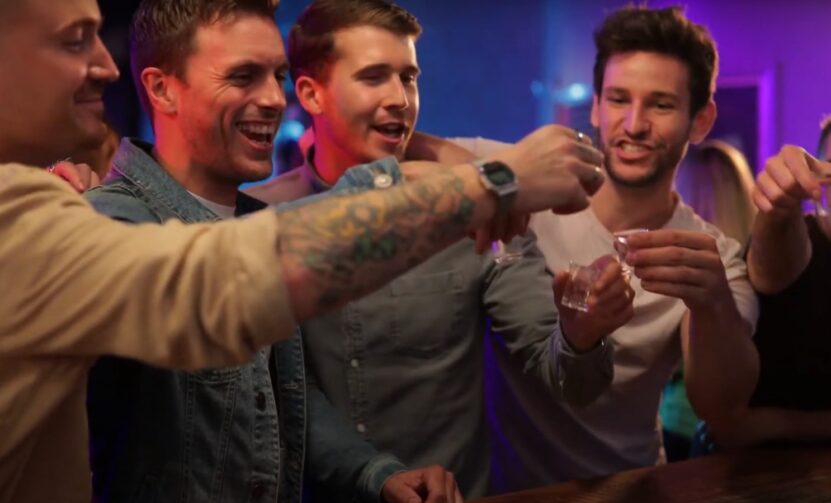
Knowing how many shots are in a pint doesn’t just make you the star of bar trivia; it also enhances your understanding and appreciation of the drinks you enjoy.
Measure with Care
Accurate measurements aren’t just for scientists or mixologists; they’re for anyone who wants to enjoy a balanced and flavorful drink. So the next time you pour yourself a pint or a shot, remember the numbers but don’t forget the art that goes into it.
Pour with Flair
Whether you’re a bartender or just pouring for friends, doing so with a bit of flair can make the experience all the more enjoyable. But remember, flair doesn’t replace the fundamentals—knowing your measurements is key.
Enjoy Responsibly
At the end of the day, drinking is as much about the experience as it is about the beverage. Knowing how many shots are in a pint can guide you to drink responsibly and truly savor each sip or gulp.
Final Words
The answer to “How many shots in a pint?” is a moving target molded by geography, local norms, and individual preferences. Whether you’re in a U.S. bar, a British pub, or a Japanese izakaya, knowing your measures can enrich your drinking experience.
